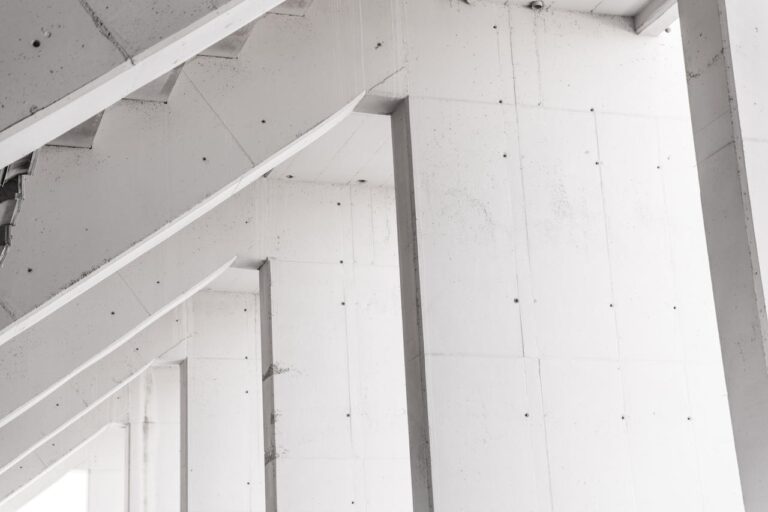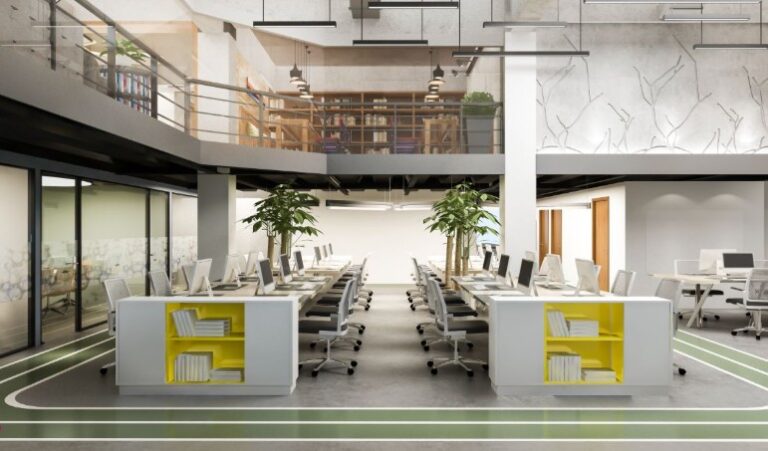
When it comes to construction, the materials you choose are the backbone of any project. Just as a solid foundation is essential for a sturdy building, selecting the right materials is crucial for the success of your construction endeavors. In this blog post, we will explore why material selection is so important in construction, how it affects various aspects of a project, and provide insights into making informed choices that contribute to both functionality and sustainability.
The Role of Material Selection in Construction
Material selection is not just about picking what looks good or fits the budget; it’s about ensuring that each component serves its purpose effectively. From the strength and durability of structural elements to the aesthetic appeal of finishes, every material has a role to play. By carefully considering material properties such as load-bearing capacity, thermal insulation, and resistance to environmental factors, builders can create structures that stand the test of time.
Impact on Project Longevity and Maintenance
The longevity of a construction project heavily depends on the materials used. High-quality materials can significantly reduce the need for repairs and maintenance over the years. By investing in durable materials from the outset, property owners can avoid costly renovations and replacements down the line. This not only saves money but also minimizes disruptions to the occupants’ daily lives.
Enhancing Energy Efficiency and Sustainability
Sustainability is a growing concern in the construction industry, and material selection plays a pivotal role in achieving eco-friendly goals. By opting for materials with excellent insulation properties, builders can improve a building’s energy efficiency, reducing its carbon footprint. Additionally, choosing sustainable materials like recycled steel or bamboo can contribute to environmental conservation efforts while meeting modern construction standards.
Safety Considerations in Material Choice
Ensuring the safety of occupants is a top priority in construction. The materials chosen must comply with safety regulations and standards to provide a secure environment. Fire-resistant materials, for example, are essential in reducing the risk of fire-related incidents. Similarly, selecting non-toxic and hypoallergenic materials ensures that indoor air quality remains high, safeguarding the health of those who live and work within the structure.
Aesthetic Appeal and Design Flexibility
While functionality is paramount, the aesthetic aspect of a construction project should not be overlooked. Material selection greatly influences the visual appeal and design possibilities of a building. From sleek glass facades to warm wooden interiors, the right materials can transform a simple structure into an architectural masterpiece. Additionally, versatile materials allow architects to experiment with innovative designs, pushing the boundaries of creativity.
Cost Implications and Budget Management
Construction projects often come with budget constraints, making cost management a crucial factor in material selection. While opting for cheaper materials may seem tempting, it can lead to higher expenses in the long run due to increased maintenance needs and potential replacements. Striking the right balance between cost and quality is essential to ensure project profitability without compromising on performance.
Adaptability to Environmental Conditions
Different geographical locations present unique environmental challenges that impact construction projects. Whether it’s extreme weather conditions, seismic activity, or exposure to corrosive elements, the materials chosen must withstand these challenges. For instance, using landscape gravel in Salt Lake City, where snow and ice are common, requires materials that provide good traction and drainage.
Streamlining Construction Processes
Efficient construction processes rely on the compatibility and ease of use of selected materials. Prefabricated materials, for example, can speed up construction timelines while maintaining consistency in quality. By choosing materials that integrate seamlessly with modern construction techniques, builders can enhance productivity and ensure timely project completion.
Balancing Tradition and Innovation
In construction, there’s often a delicate balance between traditional practices and innovative solutions. While some materials have stood the test of time, new technologies offer exciting alternatives that can enhance performance and sustainability. By staying informed about emerging materials and technologies, builders can make informed decisions that blend the best of both worlds.
Reducing Environmental Impact
Environmental impact is a key consideration in today’s construction projects. By choosing materials with low embodied energy and minimal environmental impact, builders can contribute to a more sustainable future. Additionally, recycling and repurposing materials not only conserve resources but also reduce the overall carbon footprint of a construction project.
Future-proofing Construction Investments
In a rapidly evolving industry, future-proofing construction investments is essential to remain competitive. Material selection that considers potential technological advancements and changing regulations ensures that a building remains relevant and compliant in the years to come. By planning ahead, builders can avoid costly retrofits and maintain the value of their investments over time.
Also Read: The Rise of Villa Contracting Companies in Dubai: A New Era in Luxury Real Estate
Conclusion
Material selection is a multifaceted process that requires careful consideration of various factors. From ensuring structural integrity to achieving sustainability goals, the materials chosen can make or break a construction project. By understanding the importance of material selection and staying informed about industry trends, builders can create structures that are not only functional and aesthetically pleasing but also environmentally responsible and future-ready. For those looking to enhance their construction projects, exploring innovative materials and consulting with experts is a vital step toward achieving lasting success.








